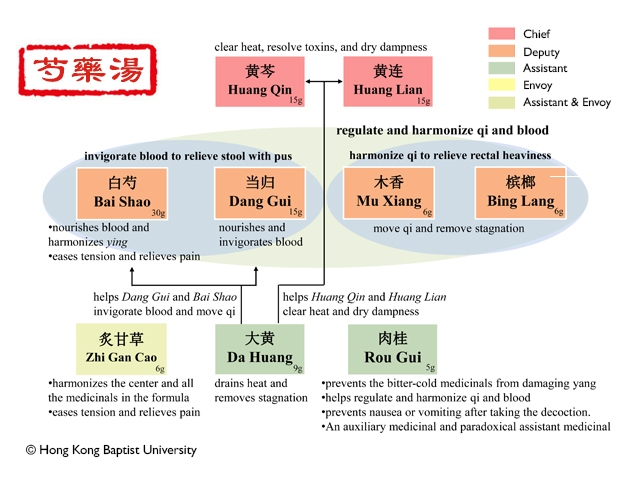Rhubarb|Tangute Rhubarb
Rhei Radix et Rhizoma
Functions:Relieves stagnation, clears dampn-heat, reduces fire, cools blood, eliminates stasis, relieves toxin. Apply to constipation induced by sthenic fever, heat and distention and full of chest, damp-heat diarrhea, jaundice, strangury, edema and sbdominal fullness, difficulty of urination, conjunctival congestion, swelling pain of throat, sor of mouth and tongue, vomiting due to heat stomach, apostaxis, cough with blood, epistaxis, hematochezia, hematuria, blood stasis, amenorrhea, postpartum stasis and pain, abdominal mass accumulation, trsumatic injury, carbuncle and ulcer due to heat toxin, erysipelas, empyrosis.
